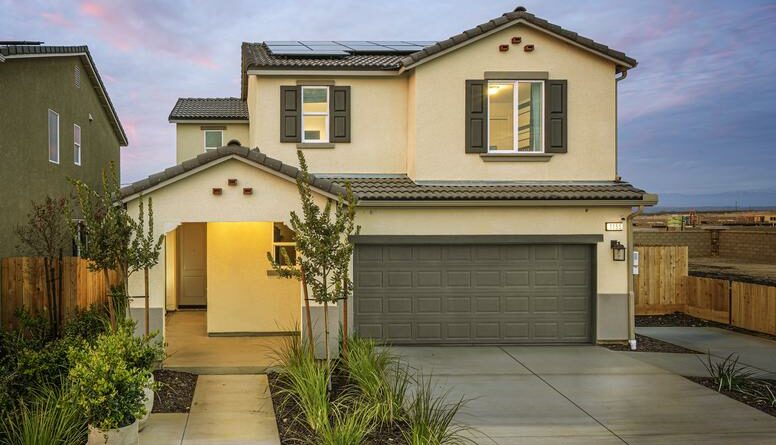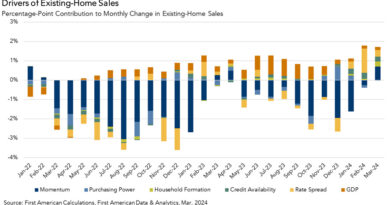Market-Driven Solutions Will Bolster Nation’s Resilience, Keep Homes Affordable
The National Association of Home Builders (NAHB) told Congress that FEMA’s push for adopting the latest building codes would unnecessarily increase housing costs, as homes built to modern codes since 2000 are already safe and resilient. NAHB emphasized the importance of focusing on infrastructure improvements and regional flexibility in building codes rather than imposing a one-size-fits-all national standard.
The National Association of Home Builders (NAHB) told Congress today that the Federal Emergency Management Agency’s (FEMA) oversized emphasis on adopting the latest building codes to enhance safety against disasters is unwarranted and would needlessly raise housing costs.
Testifying before the House Transportation and Infrastructure Subcommittee on Economic Development, Public Buildings, and Emergency Management, NAHB First Vice Chairman Buddy Hughes, a home builder and developer from Lexington, N.C., said that new homes built to modern building codes (post-2000) are efficient, safe and resilient.
“These homes are designed to withstand major disasters and already offer substantial protection against high seismic activity, strong winds, heavy snow, wildfires and flooding,” said Hughes. “This makes increasing code stringency on a tri-annual basis unnecessary.”
Rather than focusing solely on adopting the latest version every three years, Hughes suggested the priority should be on acknowledging the resiliency of current modern codes and ensuring proper enforcement to maximize their effectiveness while maintaining flexibility to address regional risks and specific needs.
Hughes further emphasized that resiliency is not just about making buildings stronger, but about ensuring that all key infrastructure within a community, such as energy transmission, flood control, communications and transportation are equipped to handle disasters.
“Creating true resiliency requires a holistic approach that encompasses all community systems,” he said. “FEMA’s emphasis on building codes can divert attention and resources from the necessary improvements in infrastructure, emergency services and existing buildings. A resilient building is of little value if the supporting infrastructure is lacking, and a resilient home offers little comfort if it remains unaffordable.”
Hughes also stressed that when considering building codes as a way to enhance community resilience, it is essential that state and local governments retain the flexibility to adopt the hazard-resistant codes that are best for them by having the option to remove or modify provisions to align the codes with local construction practices, geographical risks and economic conditions.
“A one-size-fits-all national code is rigid and does not account for regional differences,” said Hughes. “Such an approach would impose numerous unnecessary requirements on builders, ultimately resulting in higher costs for home buyers.”
Hughes noted that the Promoting Resilient Buildings Act would help jurisdictions maintain local control over their building code adoption process and urged the Senate to act on this measure. “Without this legislation, FEMA could consider funding for only those jurisdictions that have adopted the latest editions of building codes,” he said. “This would put jurisdictions in a difficult position, pressuring them to adopt the newest codes without a thorough vetting and amendment process, potentially resulting in costly code changes that do not necessarily enhance safety or resiliency.
Read More





